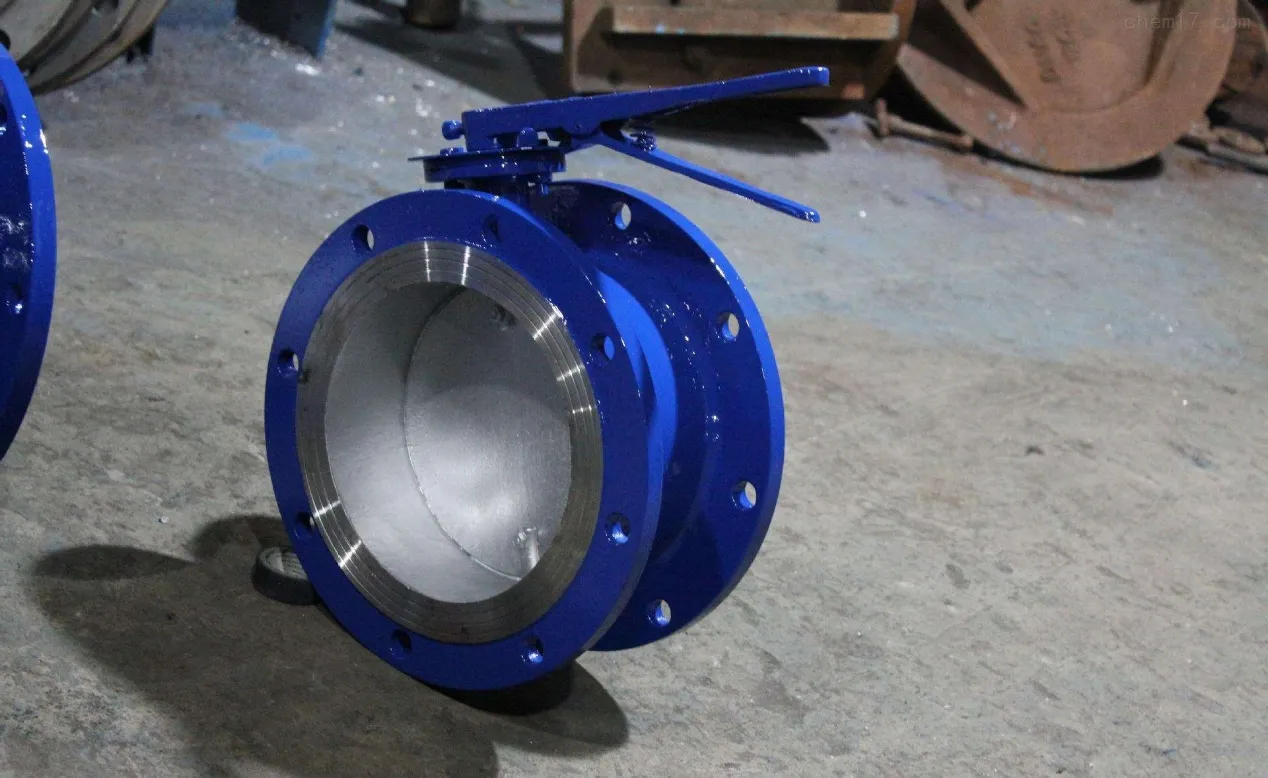نوفمبر . 29, 2024 17:22 Back to list
Understanding the Functionality and Benefits of a Butterfly Valve in Piping Systems
Understanding Butterfly Valves A Comprehensive Overview
Butterfly valves are crucial components widely used in various industries for regulating and controlling fluid flow. They are characterized by a rotating disc that serves as the valve's closure mechanism. This design allows for quick and efficient flow management, making butterfly valves an attractive choice for applications ranging from water supply systems to chemical processing.
The Design and Operation of Butterfly Valves
The basic structure of a butterfly valve consists of a circular disc, a shaft, and a valve body. The disc is mounted on a shaft that allows it to rotate within the body. When the valve is closed, the disc is positioned perpendicular to the flow of the fluid, effectively blocking it. Conversely, when the valve is opened, the disc rotates to a parallel position, allowing fluid to flow freely through the pipe.
The simplicity of the butterfly valve design contributes to its lightweight and compact nature. These attributes make butterfly valves easier to install and maintain compared to other valve types, such as gate or globe valves. Additionally, their high flow efficiency minimizes pressure loss, which is essential in many applications.
Advantages of Butterfly Valves
One of the key advantages of butterfly valves is their cost-effectiveness. The materials used in their construction can vary, with options ranging from PVC and stainless steel to cast iron and ductile iron. This versatility in material selection allows engineers and designers to choose the most appropriate valve for specific environmental conditions and budget constraints.
Butterfly valves also excel in space-saving designs. Their compact nature allows for installation in tight spaces, making them ideal for industries where space is a premium. Furthermore, their operation requires minimal force, which can translate to reduced energy consumption when employed within automated systems.
a butterfly valve

Applications of Butterfly Valves
The versatility of butterfly valves makes them suitable for a wide array of applications. In water distribution systems, they are often used to isolate sections of pipelines for maintenance or emergencies. In industrial processes, they can control the flow of slurries, gases, and liquids due to their robust sealing capabilities.
In the HVAC industry, butterfly valves are commonly utilized in heating and cooling systems to regulate air flow and maintain optimal temperature settings. Their ability to quickly modulate flow has made them invaluable in applications requiring precise control.
Considerations for Selecting Butterfly Valves
When selecting butterfly valves for any application, several factors must be considered. These include the type of fluid being transported (liquid, gas, or slurry), the operating pressure and temperature, and the specific requirements for sealing and regulating flow. Different butterfly valve designs, such as resilient-seated, metal-seated, and wafer-style valves, cater to various operational needs.
It is also essential to evaluate the installation environment. For example, butterfly valves exposed to corrosive substances may require coatings or materials that resist chemical degradation. Similarly, the actuator type (manual, electric, pneumatic) should align with the operational requirements of the intended application.
Conclusion
Butterfly valves offer a unique combination of simplicity, efficiency, and versatility, making them indispensable in numerous industrial applications. Their design allows for quick operation and effective flow control, while their compact size facilitates integration into existing systems. By understanding the key features and considerations associated with butterfly valves, engineers and operators can better utilize these devices to enhance operational efficiency and reliability across various sectors. As industries continue to evolve, the importance of reliable components like butterfly valves will remain paramount in ensuring effective fluid management and control.
-
thread-plug-gauge-our-promise-of-measurement-excellenceNewsAug.22,2025
-
gauge-pin-class-reflecting-quality-legacyNewsAug.22,2025
-
check-valve-types-for-high-rise-buildingsNewsAug.22,2025
-
water-control-valve-for-irrigation-systemsNewsAug.22,2025
-
gate-valve-with-soft-seal-technologyNewsAug.22,2025
-
y-type-strainer-for-oil-and-gas-applicationsNewsAug.22,2025
Related PRODUCTS









